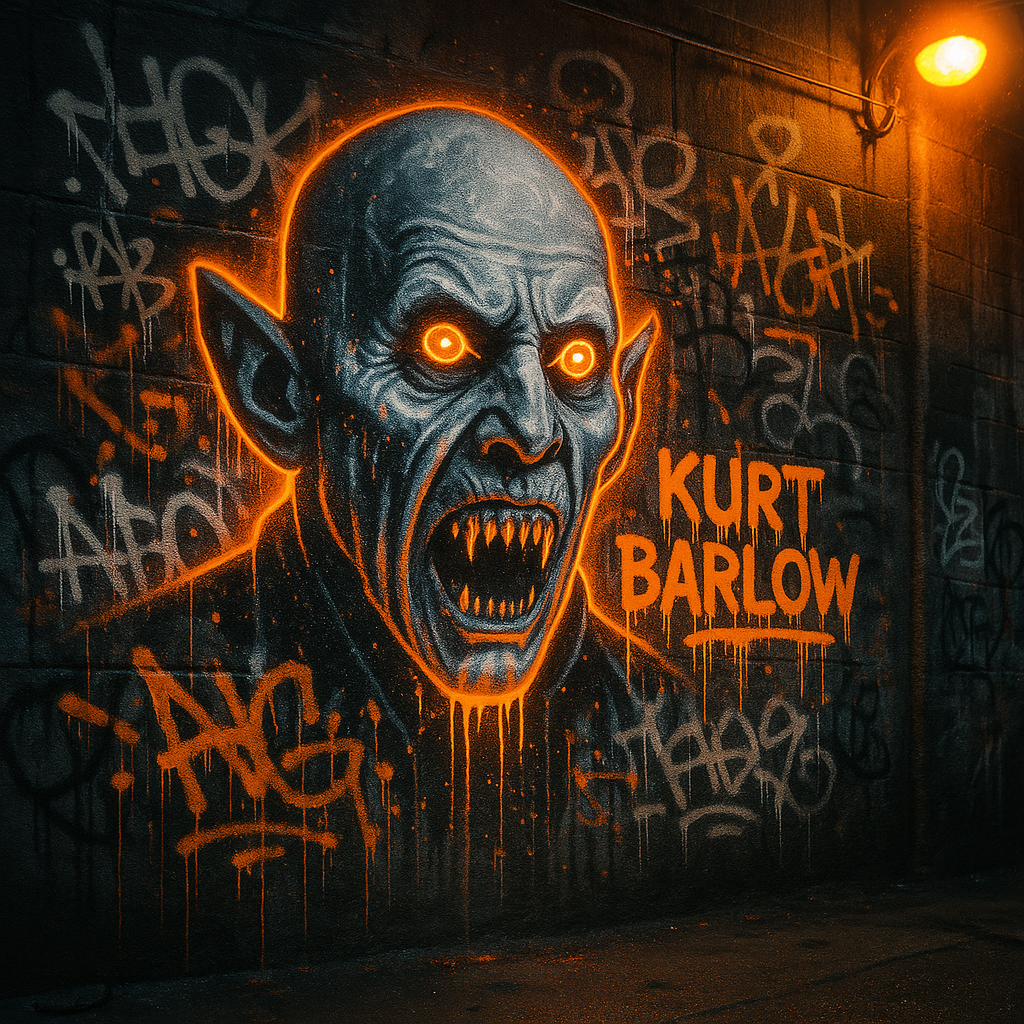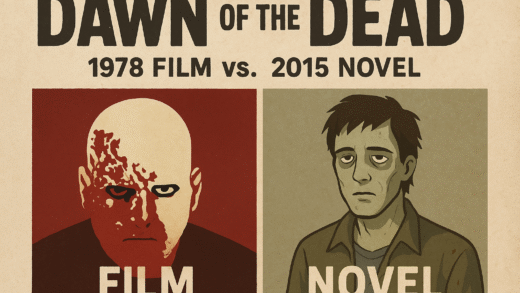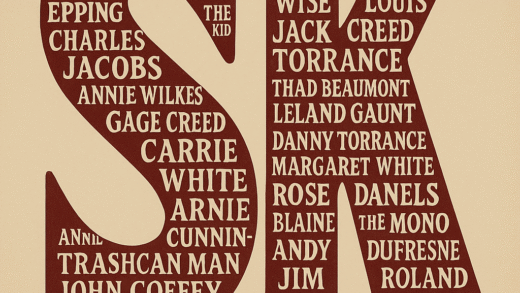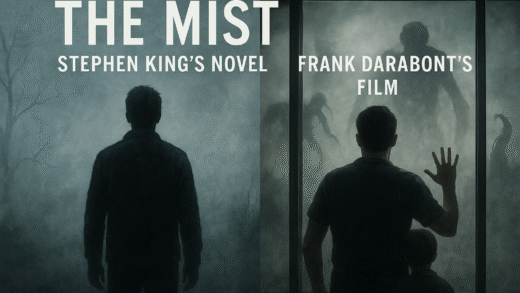
Stephen King’s ‘Salem’s Lot remains one of his most chilling vampire stories—and one of the best in modern horror. First published in 1975, it’s a slow-burning, eerie tale of a small town being consumed by an ancient evil. Over the years, the novel has seen a few screen adaptations, most notably the 1979 TV miniseries directed by Tobe Hooper and the 2004 miniseries starring Rob Lowe.
While these adaptations captured the general spirit of the story, several key differences set the book apart. Whether you’re a die-hard King fan or just diving into ‘Salem’s Lot for the first time, here’s a look at how the novel and the movies differ—and why those changes matter.
1. The Tone and Atmosphere
In the Book:
King paints a haunting portrait of small-town life. The novel is as much about the slow decay of the town as it is about the vampires. There’s a heavy focus on character development and the town’s everyday problems, giving the story a sense of realism that makes the horror hit harder.
In the Movies:
The adaptations condense this rich tapestry. The 1979 version keeps some of the town’s background but trims many secondary characters. The pacing is quicker, and the eerie atmosphere leans more on visual horror than slow-building dread.
2. The Vampire Barlow: Ancient Evil with a Makeover
In the Book:
Barlow, the head vampire, is intelligent and sinister—a smooth-talking, malevolent figure more in line with Dracula than a mindless monster. He manipulates, deceives, and corrupts.
In the 1979 Movie:
Barlow was reimagined as a terrifying, Nosferatu-style creature—mute, animalistic, and monstrous. This change amped up the visual horror but sacrificed the cunning menace of the book’s version.
In the 2004 Version:
The character is closer to King’s original vision—a well-dressed, well-spoken vampire—but the film still lacks the depth of his character as seen in the novel.
3. Ben Mears’ Backstory and Motivation
In the Book:
Ben Mears, the protagonist, is a writer returning to his childhood town to confront a trauma involving the Marsten House—a looming, haunted mansion that becomes central to the story.
In the Adaptations:
Both movies keep this general idea, but some of the internal conflict and psychological tension are toned down or left out. The 2004 version explores his trauma more deeply, while the 1979 film focuses more on the unfolding vampire threat.
4. Susan Norton’s Fate
In the Book:
Susan becomes one of Barlow’s victims and is turned into a vampire. In a heartbreaking moment, Ben is forced to destroy her himself—a powerful scene that underscores the cost of the fight against evil.
In the 1979 Movie:
This outcome remains, although the emotional weight is a bit lighter due to less character development.
In the 2004 Version:
Her fate is largely the same, but again, the emotional depth doesn’t quite match the book’s slow-burning tragedy.
5. The Ending
In the Book:
Ben and young Mark Petrie survive and return to ‘Salem’s Lot to finish the job and destroy the vampire nest—ending with a sense of weary closure and loss.
In the Movies:
Both adaptations follow similar conclusions, but the tone varies. The 1979 miniseries ends with a more ambiguous and eerie feeling, while the 2004 version tries to tie things up more neatly. Neither quite captures the reflective, grim tone of King’s original ending.
Final Thoughts: Why the Book Still Reigns
Stephen King’s ‘Salem’s Lot is a deeply atmospheric, character-driven horror novel that lingers with you long after the last page. While the film versions offer spooky entertainment and a decent introduction to the story, they don’t fully capture the slow dread and emotional gravity that the novel delivers.
If you’ve only seen the movie, consider giving the book a read. And if you’ve read the book, it’s worth revisiting the adaptations to see how filmmakers translate King’s words to the screen—successfully or not.
Have you read ‘Salem’s Lot or seen the adaptations? What did you think of the differences? Let’s talk vampires in the comments.



